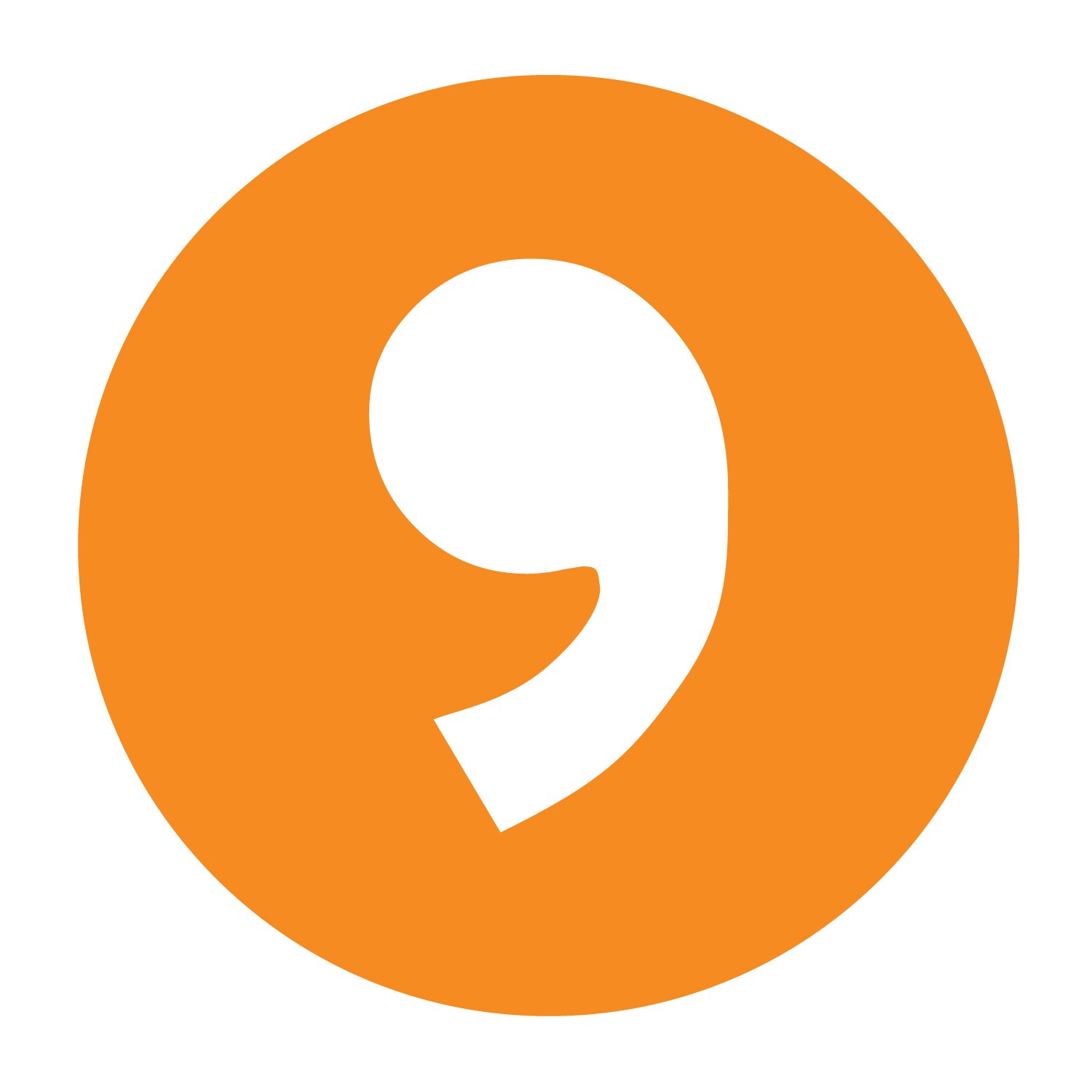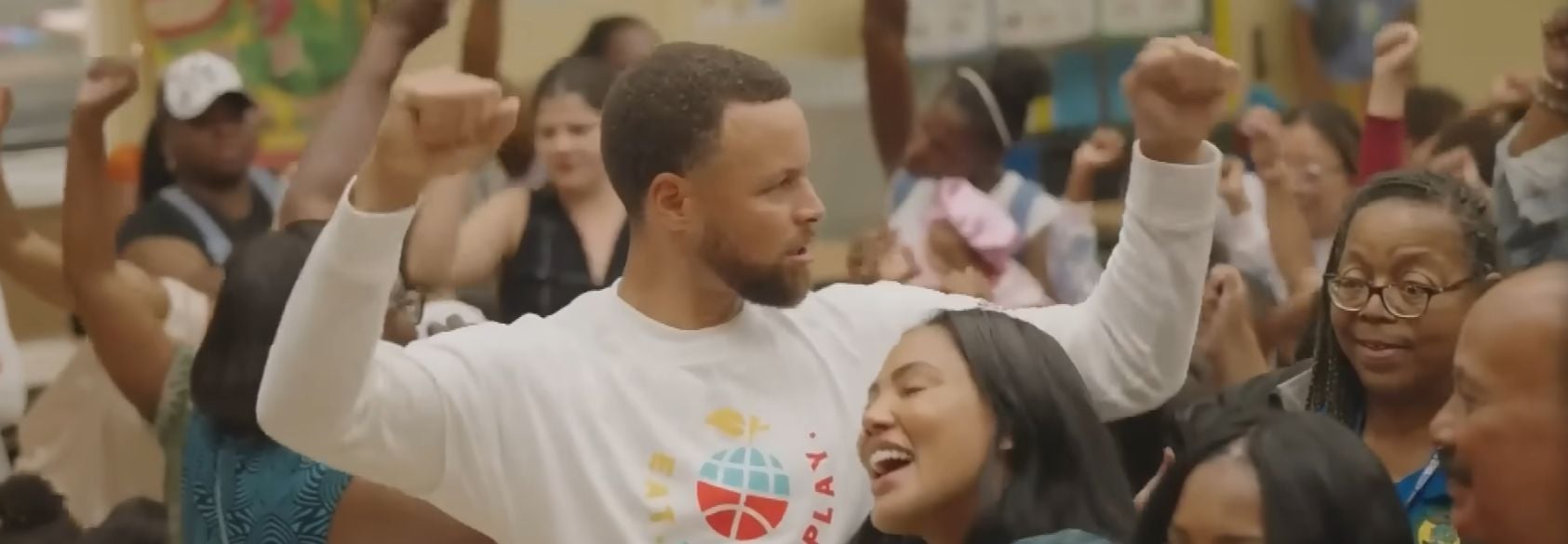Ample research over the years has shown that a blanketed approach to education could hinder the educational as well as the social and emotional advancement of students at any age. Personalized learning seeks to help students learn by considering their academic levels, learning needs, interests, demographics and other factors that influence learning.
A 2015 study from RAND Education found that students involved in a personalized learning curriculum made more academic improvements than their peers. Academic improvement increased in both math and reading, with the most significant improvements in math.
It’s undeniable that pre-K and elementary-aged children can benefit from instruction that’s tailored to their interests and learning abilities. Therefore, creating the motivation to learn within this period in children’s development is key to future academic success.
Here are a few examples of what a personalized learning approach might look like for an early education or elementary classroom.
Teachers Create Individualized Lesson Plans
No two students learn the same way or have the same interests, which is why it’s necessary to have lesson plans that reflect the individuality of each child in your classroom. Using a systematic method of assessing and creating goals for students can help you tailor your lesson plans to work for every child.
One way to do this is by offering a few follow-up activities for a lesson, each one focusing on one of the body’s senses. Children can choose the activity that appeals most to them, such as a tactile learner completing a hands-on experiment or a kinesthetic learner demonstrating how a wheel works using her body. An auditory learner might retain more content from a book’s chapter when he is listening to music through headphones. Being flexible with your instruction and activities ensures that each child is learning in a way that makes sense for him or her.
During the course of a lesson, you’ll probably notice that students understand concepts at different paces. Adjust your lesson plans to accommodate their needs, letting students spend more time on a concept or offering more challenging work for those who are ahead of the pack.
You don’t need to re-create your lesson plans for each child, just rethink them. You can make three difficulty levels for one activity, for example, allowing students to complete it with tasks appropriate for them. A low-difficulty math group might work on 10 addition problems for a timed test, a medium-difficulty group might have 15, and the high-difficulty group might have 20.
The Classroom Becomes a Collaborative Effort
Collaboration is precisely what a classroom needs to run like a well-oiled machine. To excel in personalized learning, you need to give up some of your control. The result can be powerful when teachers collaborate with students to achieve learning nirvana.
Successful collaboration first requires respect from, and for, both parties. Students must respect the teacher’s time and work, and the teacher must respect the students’ efforts, opinions, interests and goals.
Active listening is an essential part of the collaboration effort for both teachers and students to understand and respect each other’s needs. Model active listening by being open to questions from your students during instruction and repeating back what they’ve said. Make it clear that you require the same from them by encouraging them to ask questions and offer suggestions or thoughts.
Students Have Topic Choices
Addressing learner variability is the key to a successful classroom. Learner variability is the idea that each child in your classroom has a unique way of learning that differs from his or her peers. Introducing a variety of topic choices to your students can be a beneficial method for allowing their interests to guide your teaching and, therefore, getting results.
You don’t need to steer away from your lesson plans to use this method. Instead, offer several suggestions of subtopics within a high-level topic and let your students choose from them. You can make it fun and fresh every day by applying this student-centered approach in different ways, such as letting students:
- Cast their vote between three topics.
- Choose their topic for an individual project.
- Pick the order of subjects they’d like to study for the day.
- Visit scholarly websites and pick the content material for a topic.
The idea is to motivate your students by letting them have a say in the content they study. When they connect more to the material, you’re likelier to get them to engage with the content and process the information.
Students Have Seating Options
Gone should be the days of assigning seats to students and making them sit throughout the day. According to a study by researchers at the University of Salford, individualization in the classroom—including having flexibility with seating— is one of the most important classroom factors for academic success, above stimulation and naturalization. Flexible seating is an effective way to give power to students. It allows them to engage more with what you’re teaching in a way that is good for them, their bodies and their brains.
A flexible seating arrangement can look significantly different in every classroom because there’s not one singular right or wrong way to do it. However, it’s crucial to provide students with several options for the way they sit and where they sit.
Floor cushions or mats, exercise balls, beanbag chairs, and rockers are excellent items for the flexible classroom, but standing desks and balance boards can also be an option for wigglers. Your dedication to this approach is just as important as the tools you use. For example, allowing students to move to a new area when they choose is a good way to help them foster their abilities to make choices and understand their needs.
Teachers Take a Student-Focused Approach Toward Testing
Testing can be a leading cause of anxiety in students. A 2014 study of 436 students found that 48 percent of them experienced test anxiety. A personalized learning approach to grading gets students involved in the process, helping them understand how grading works and why tests and assessments are important. And the bonus in a student-focused approach is that it might relieve some anxiety related to testing.
Some teachers might decide that taking a test with their students can better help educators understand how students feel about their current testing and grading system. Maybe you can try a reverse-test where your students create a test for you to take.
Students should also have some options for testing methods, such as taking tests with just one or two peers in a separate room, having occasional open-book tests, or grading their own tests.
What does personalized learning look like in your classroom? Share your ideas in a comment below!
Author Bio: Nanda Krish is Executive Chairman of Wisewire, a learning experience design company that develops smart technology solutions and easy to use standards aligned content for K-12 schools and higher education institutions. Krish is also a General Partner at Start Smart Labs, a silicon valley big data business incubator for startups that are developing data intensive applications for the US enterprise market.












